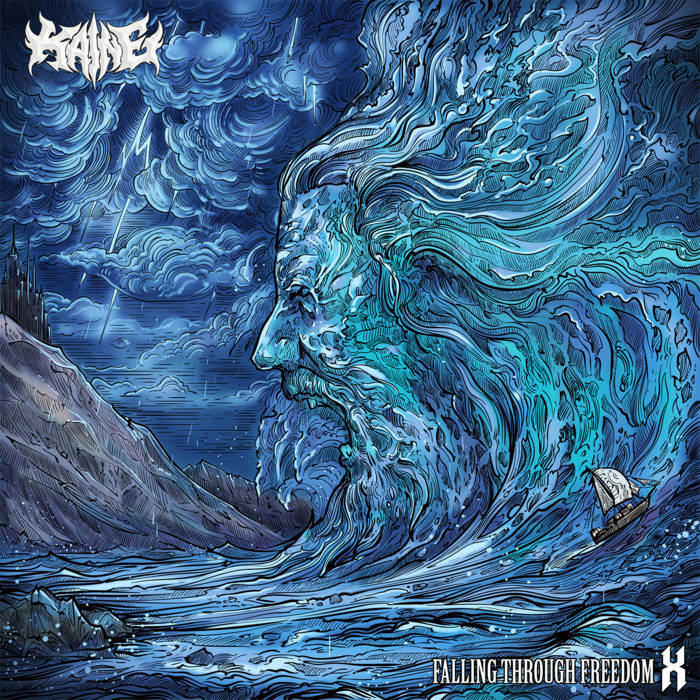
Reasons for Joining the Artists Behind Fall of Freedom

**The Power of Creative Resistance in Contemporary Art**
In the face of overt and covert attempts to erase certain narratives from historical records, the power of artists to reclaim and redefine spaces through their work becomes more vital than ever. The recent modifications to the National Park Service’s depiction of the Stonewall National Monument underline the persistent struggle against the erasure of pivotal cultural and historical narratives, in this case, the LGBTQ+ community.
The significance of Stonewall, as the first U.S. landmark dedicated to LGBTQ+ rights, lies in its acknowledgment of the community’s struggles and triumphs. However, the omission of “T” and “Q” from the site’s significance description was a quiet attempt to alter the narrative, highlighting a bureaucratic form of erasure that often precludes more aggressive removal. In response, artists like Kris Grey have transformed this moment of erasure into a bold act of reclamation.
Grey’s response to the exclusion was the creation of “Capital T,” a six-foot-tall structure crafted from salvaged materials from the Stonewall Inn. This artwork serves not only as a symbol of resistance but also as a literal restoration of the erased narrative, affirming the presence and contributions of transgender individuals to American history. Such acts underline the essential role of art as both a reflective and defiant force against attempts to erase or suppress historical truths.
Furthermore, this moment has sparked broader movements within the arts community, such as Fall of Freedom, which mobilizes artists, organizers, and cultural workers to collectively resist authoritarian forces attempting to stifle civil liberties. This movement, which includes over 600 creative actions nationwide, emphasizes the collective power of the arts to stand united against censorship and repression.
Artists have historically faced suppression, particularly under regimes veering towards authoritarianism. Notably, instances like the government’s punitive actions against the NEA Four in the 1990s showcased a willingness to quash queer expression under the guise of “decency.” Yet, such repression often spurs greater creativity and defiance, forcing art to evolve and adapt.
Today’s artists draw lessons from the past, knowing that power-driven erasure of knowledge and expression is not new. The destruction of Magnus Hirschfeld’s Institute for Sexual Science—a pivotal center for LGBTQ+ research—by the Nazis in 1933 highlights how eliminating access to knowledge creates long-standing voids in culture and science. The parallels with current U.S. legislative attempts to restrict gender-affirming care and education underscore the importance of vigilance and active opposition.
Participating in creative resistance, as exemplified by Fall of Freedom, extends beyond mere protest. It embodies a commitment to preserving and celebrating diverse narratives through art and community engagement—an act of solidarity with those experiencing erasure and oppression. This initiative ensures that art remains not just a form of expression but a survival mechanism and reminder of shared humanity and history.
As the arts community prepares for the upcoming nationwide activations, the call to action resonates loudly: resist through creativity, participate actively, and support the diverse voices shaping the narrative. In doing so, the public has the opportunity to engage with a crisis-driven era as an invitation to build resilient, more inclusive futures that defy erasure and celebrate solidarity.
From resistance born of discarded materials, new narratives emerge stronger, challenging the status quo and inviting all to participate in crafting a future where art and courage prevail.